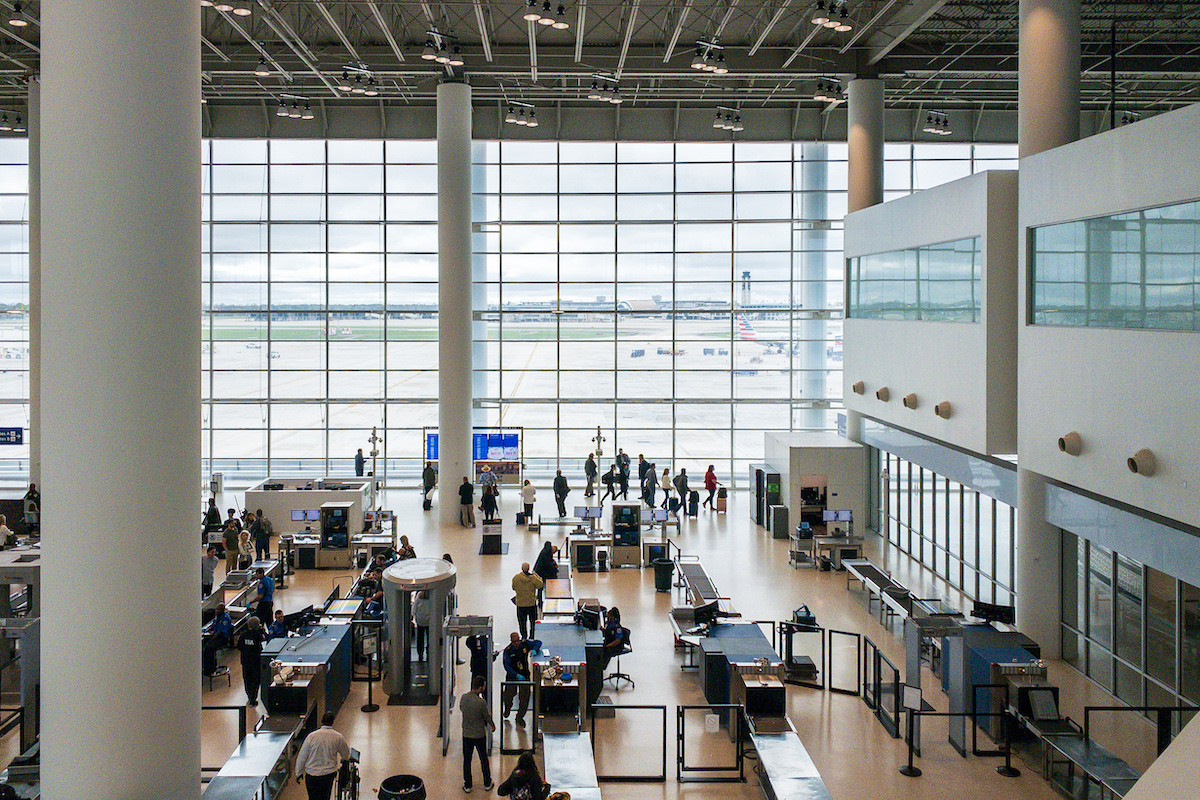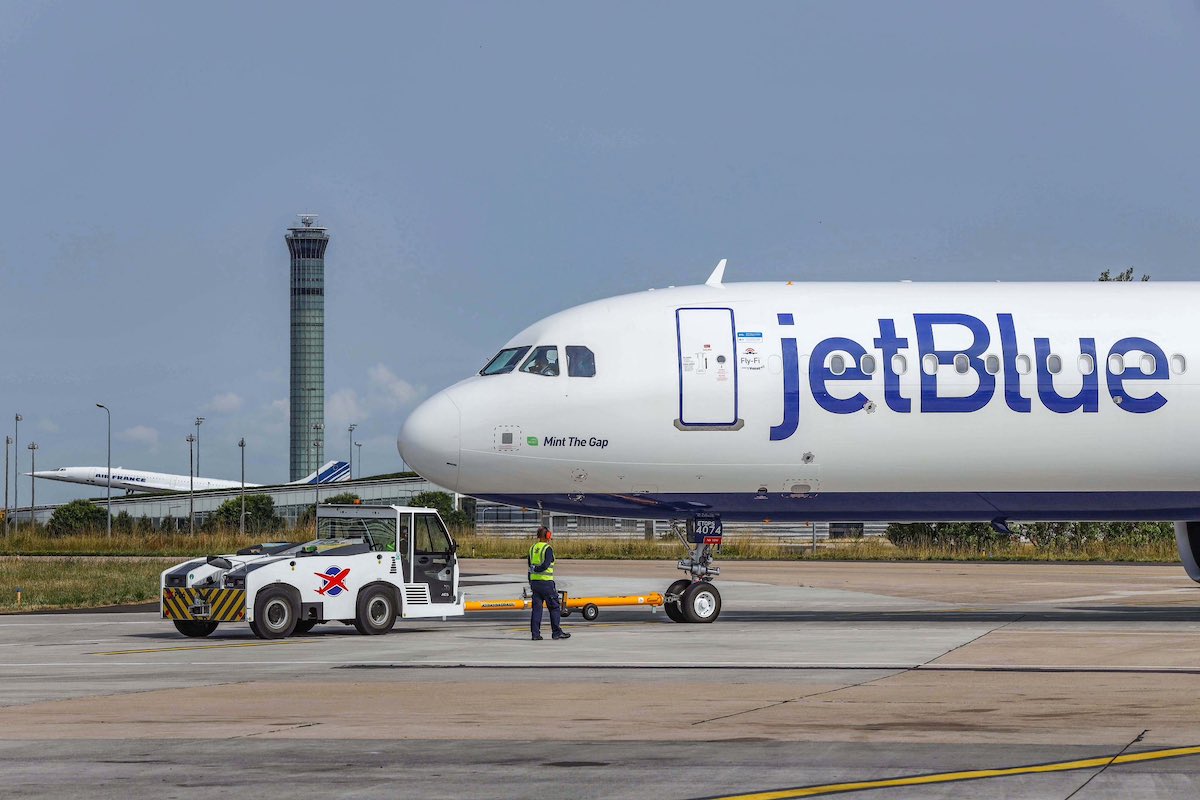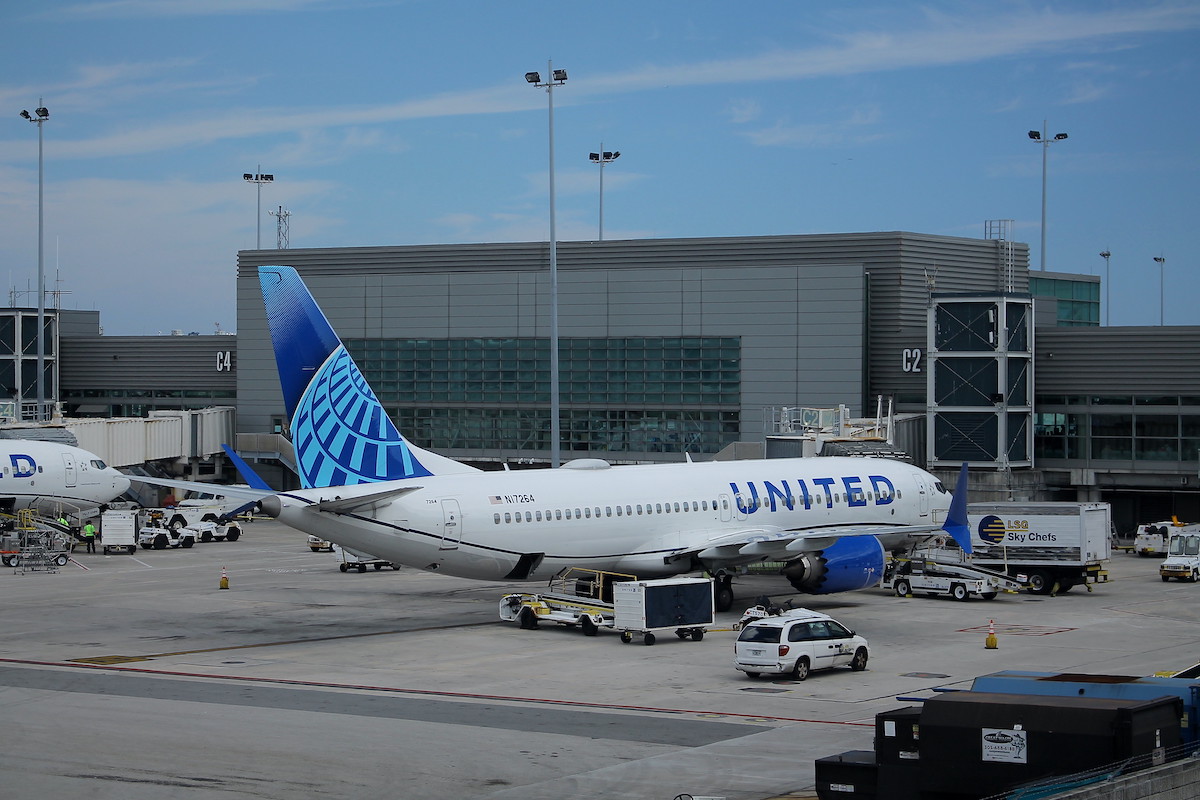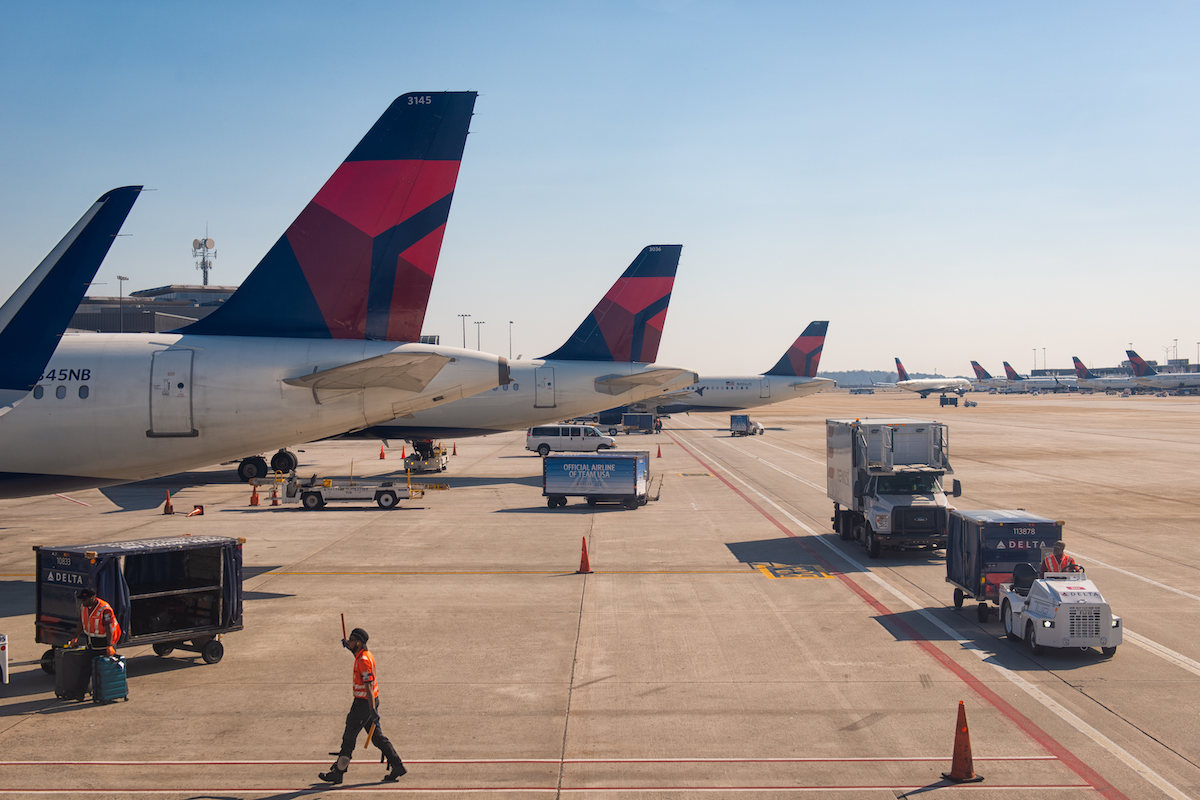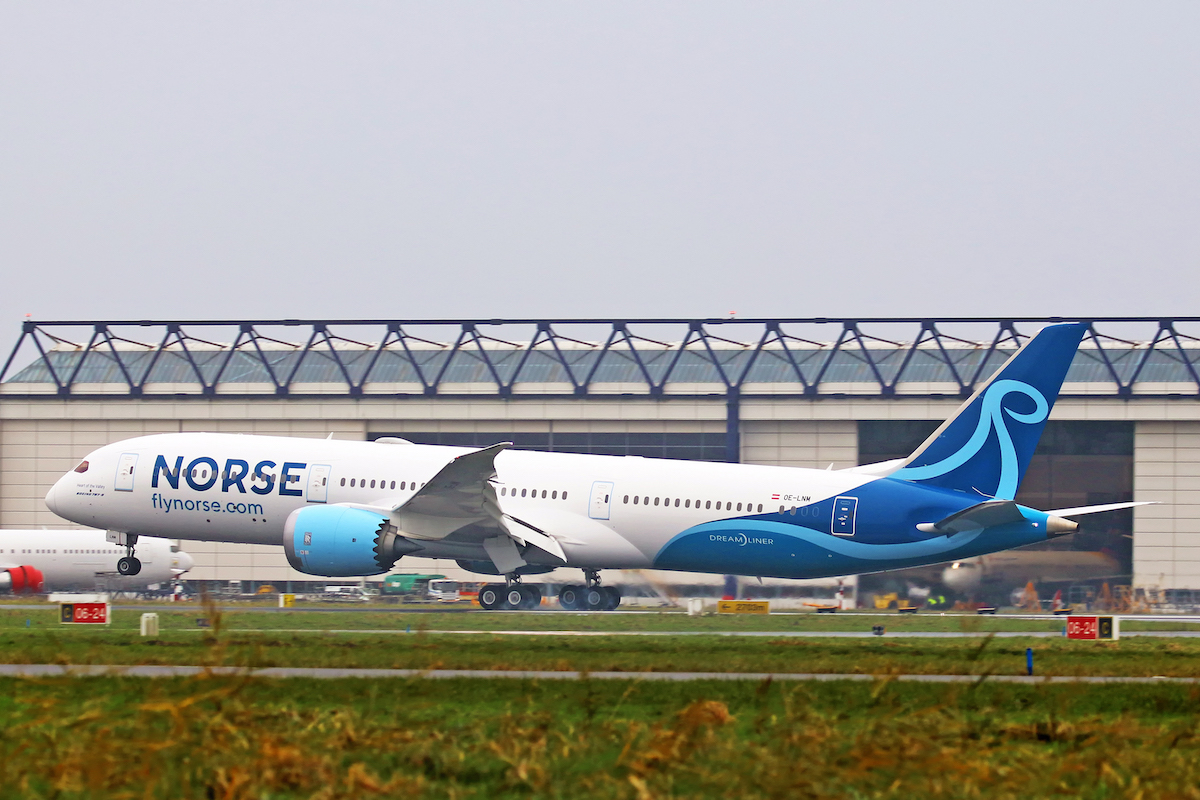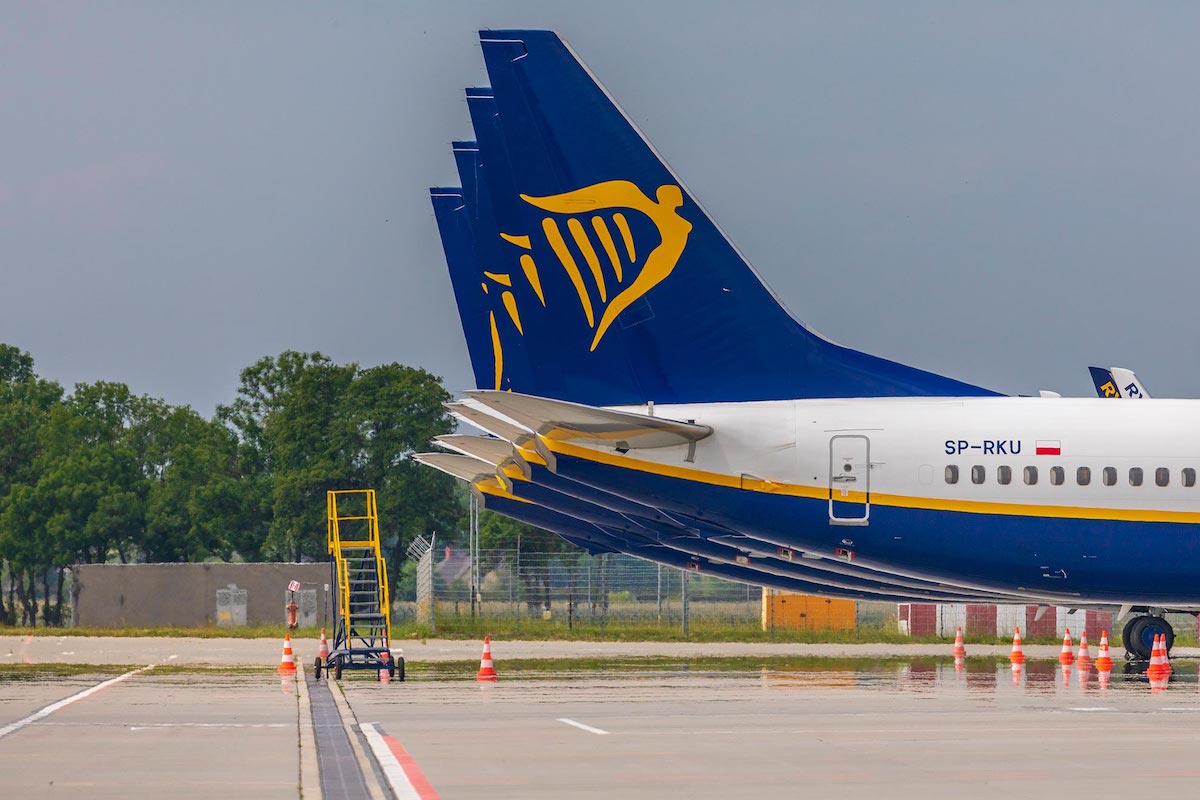Flying in the U.S. will be expensive this summer. Passenger numbers are rapidly approaching pre-pandemic levels but airlines, for a variety of reasons, cannot keep pace adding back flights.
The average U.S. domestic published airfare on the three largest carriers — American Airlines, Delta Air Lines, and United Airlines — was $384 during the week of April 11, according to a weekly survey by analysts at Cowen & Co. That was up nearly 57 percent compared to the same period last year when fares were still depressed by the pandemic, and up 3 percent compared to 2019 on a real basis. While the data does not measure summer airfares, the week covers peak spring break travel in the U.S. that many see as a proxy of what to expect this summer.
U.S. inflation as measured by the Consumer Price Index was 8.5 percent in March compared to a year earlier. And, compared to March 2019 a year before the pandemic began, the index is up roughly 13 percent.
Demand, as measured by U.S. Transportation Security Administration (TSA) screenings, is at roughly 90 percent of 2019 levels. But, in part driving the increase in fares, is the fact that there are still fewer domestic flights than there were three years ago: flight numbers were only at 87 percent, according to Cirium schedule data.
“We’ve never seen in our company’s history demand for our products and services at the level we are,” Delta CEO Ed Bastian said on April 13. He added the airline took more bookings in March than it ever had before.
Bastian’s comments echoed those of former American CEO Doug Parker less than a month earlier. “Domestic travel for leisure passengers is as high as it’s ever been,” Parker said on March 21.
The run up in summer fares — potentially to levels above 2019 — has been predicted for months. Late last year, the CEOs of American and United warned that the U.S. pilot shortage was limiting the recovery of flights operated by their regional affiliates. American has tactically pulled routes in some smaller markets, keeping all of its destinations but reducing the number of hubs some were connected to. United’s cuts are more severe: it has exited a net of 12 smaller cities, and suspended more than a dozen routes from its Washington Dulles hub. Other airlines, including Southwest Airlines and Sun Country Airlines, also warned of staffing challenges limiting their recoveries in 2022.
“In their reduced state, the U.S. airlines lack sufficient capacity to handle the return of traffic, ultimately forcing the elastic fare band of fares to stretch the other way to accommodate,” Courtney Miller wrote at The Air Current in November 2021. By the “other way,” he referred to airlines raising fares this summer as opposed to the discounting they engaged in last year.
All of these factors, plus the recent operational issues at Alaska Airlines and JetBlue Airways, have only brought the need to match operations with staffing into sharp focus. And, for most airlines, that means flying less and charging customers more for the remaining flights.
“Right now seats are in short supply and as different mixes of passengers continue to come back to travel (corporate and international), the implications for fares are significant,” MKM Partners analyst Conor Cunningham wrote on April 17. However, while he is bullish on the financial outlook for U.S. airlines over the “near-term,” he expects pricing to fall back to more normalized levels as capacity returns along with staffing levels.
“Pricing is a function of supply and demand,” he added. And, at least for this summer, all signs indicate that demand for travel is on track to well outpace airline supply in the U.S.
